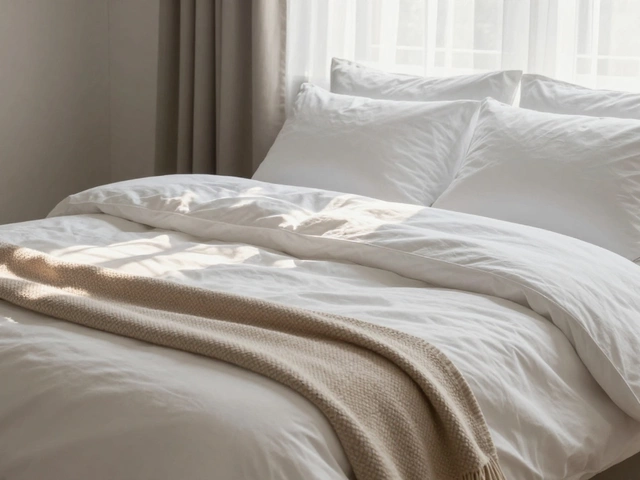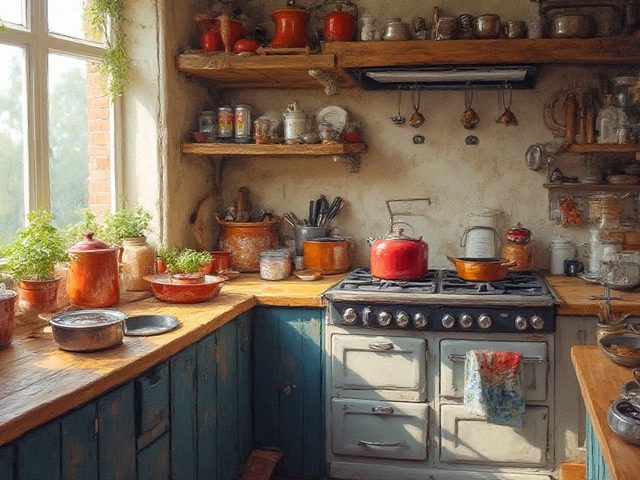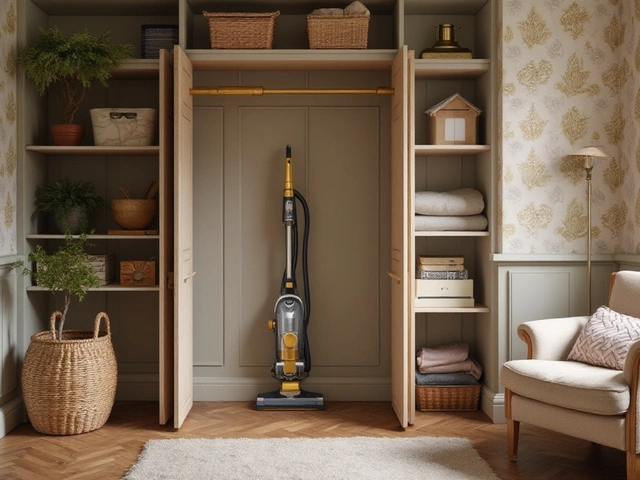Pantry Lining Made Simple: Protect, Clean, and Style Your Shelves
Ever open your pantry and see crumbs, spills, or sticky jars stuck to the bottom? A good pantry liner solves that problem fast. It stops food from seeping into wood or laminate, makes cleaning a breeze, and can even match your kitchen décor. The best part? You don’t need a pro—just a few minutes and the right material.
Pick the Right Material for Your Needs
There are three main types of liners you’ll run into: vinyl, rubber, and fabric. Vinyl is cheap, waterproof, and easy to cut, so it’s perfect for heavy‑use pantries where you store canned goods and snacks. Rubber offers a non‑slip grip, which helps jars stay in place and prevents them from sliding when you reach for a snack. Fabric liners look nice and can be washed, but they aren’t as spill‑proof, so they work best in dry‑food sections.
When choosing, think about how much moisture you deal with. If you keep fresh produce or bulk flour, a waterproof vinyl or rubber sheet will keep the shelf from warping. For a decorative touch, look for patterned fabric that’s washable and can be swapped out seasonally.
How to Install Your Liner in Five Easy Steps
1. Measure the shelf. Use a tape measure to get length and width. Add a couple of inches to each side for a neat overlap.
2. Cut the liner. Lay the material on a flat surface and trace the dimensions. A utility knife or scissors works fine—just cut slowly for a clean edge.
3. Place the liner. Position it on the shelf, aligning one corner. If you’re using vinyl, press out any bubbles with your hand or a smooth tool.
4. Secure the edges. Double‑sided tape or a few small staples keep the liner from shifting. For rubber, a light spray of adhesive works well.
5. Trim excess. Use the knife to shave off any overhang so the liner sits flush with the shelf’s edge.
That’s it—your pantry is now spill‑proof and easy to wipe down with a damp cloth.
Pro tip: If you have adjustable shelves, line each one separately. This prevents the liner from bunching when you move the shelf up or down. Also, consider using a thinner liner under heavy items like bulk rice bags; it reduces strain on the shelf and helps keep everything level.
Now that your pantry is lined, you’ll notice a big difference in how tidy it stays. No more sticky spots, no more hunting for a mop every time you spill cereal. Plus, a clean surface makes it easier to see what you have, which helps with meal planning and reduces food waste.
Ready to give your pantry a makeover? Grab a roll of vinyl or a pack of fabric, follow the steps above, and enjoy a fresher, more organized kitchen. Your future self will thank you every time you grab a snack without a mess in sight.

Do People Line Shelves? When It’s Worth It, Best Materials, and How to Do It Right
Wondering if you should line shelves? Clear advice on when it helps, when it doesn’t, the best materials, NZ costs, and a simple how‑to that actually works.
Categories
- Storage (27)
- Bathroom (18)
- Sofas (15)
- Curtains (15)
- Home Decor (12)
- Bedding (11)
- Kitchenware (11)
- Cushions (11)
- Mirrors (10)
- Rugs (9)



